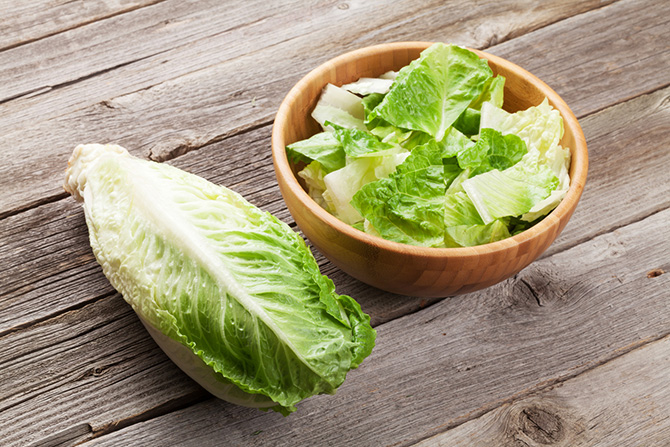In the United States, 149 people in 29 states have been infected with an outbreak strain of E. coli O157:H7 . One death has been recorded. The outbreak has been linked to romaine lettuce from the Yuma, AZ growing region.

Now Canadian health officials are reporting six illnesses of E. coli O157 with a similar genetic fingerprint to illnesses reported in the U.S. investigation. The six Canadian illnesses are reported in four provinces: British Columbia (1), Alberta (1), Saskatchewan (2), and Ontario (2). Individuals became sick between late March and mid-April 2018. One of the Canadian cases was hospitalized and no deaths have been reported in Canada.
In the Canadian investigation, among the six cases, most of the individuals who became sick reported having eaten romaine lettuce at home, or in prepared salads purchased at grocery stores, restaurants and fast food chains, before their illnesses occurred. Two Canadians did report travelling to the U.S. before getting sick and eating romaine lettuce while they were there.
The Public Health Agency of Canada (PHAC) is collaborating with federal and provincial public health partners to investigate these illnesses. Based on the ongoing U.S. outbreak investigation, and the information provided by individuals who became sick, the likely source of the outbreak in Canada is romaine lettuce.
If it is determined that contaminated romaine lettuce is in the Canadian market, the Canadian Food Inspection Agency will take the necessary steps to protect the public, including recalling the product as required.
PHAC offers the following advice to the public to protect yourself:
- Wash your hands thoroughly with warm water and soap for at least 20 seconds, before and after handling lettuce.
- Unwashed lettuce, including whole heads of lettuce sold in sealed bags, should be handled and washed using these steps:
- Discard outer leaves of fresh lettuce.
- Wash unpackaged lettuce under fresh, cool running water. There is no need to use anything other than water to wash lettuce. Washing it gently with water is as effective as using produce cleansers.
- Keep rinsing your lettuce until all of the dirt has been washed away.
- Don’t soak lettuce in a sink full of water. It can become contaminated by bacteria in the sink.
- Store lettuce in the refrigerator for up to seven days. Discard when leaves become wilted or brown.
- Use warm water and soap to thoroughly wash all utensils, countertops, cutting boards and storage containers before and after handling lettuce to avoid cross-contamination.
- Ready-to-eat lettuce products sold in sealed packages and labelled as washed, pre-washed or triple washed do not need to be washed again. These products should also be refrigerated and used before the expiration date.
- Burkholderia cepacia outbreak linked to Medline Remedy Essentials No-Rinse Cleansing Foam
- Flesh-eating disease: How Streptococcus pyogenes hijacks neurons to avoid immune destruction
- Ebola outbreak update: 18 deaths reported in DRC
- California: Surge of syphilis reported in Palm Springs, Riverside County
- Nebraska reports rabies in Chase County horse
- Measles in Ukraine: Cases among adults increase


